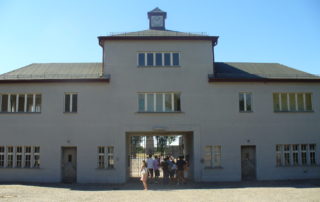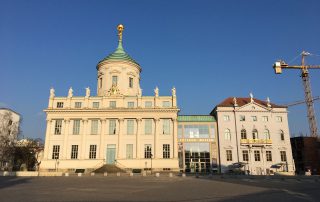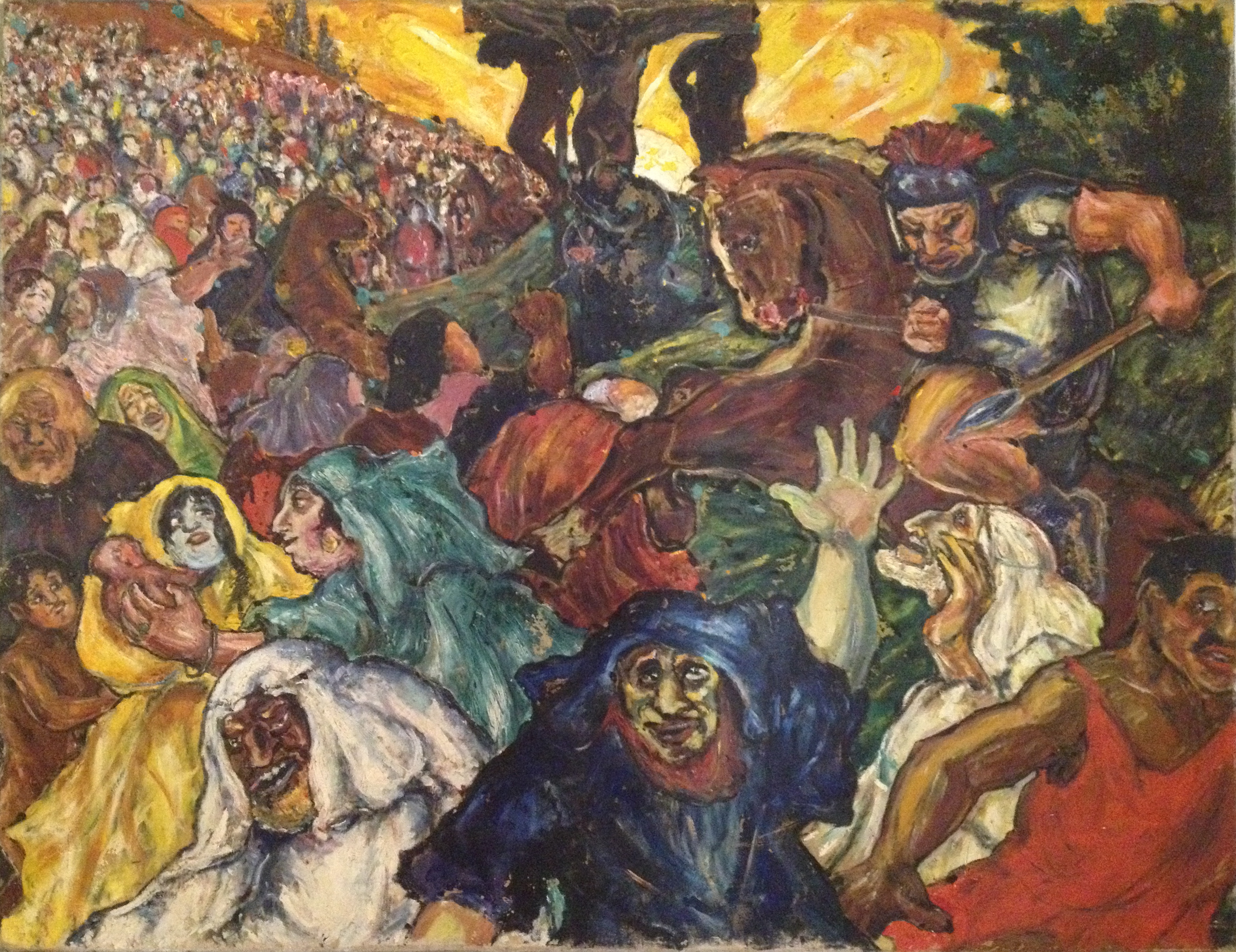Rachel Stern2020-03-03T09:05:47-05:00February 18th, 2019|Exhibitions, Past Exhibitions|
“In the Country of Numbers. Where the Men have no Names” tells the story of the detention and exile of November pogrom prisoners in the Sachsenhausen concentration camp on the basis of twelve individual destinies. One of those individuals is Fritz Ascher. The interviews presented in the exhibition with children and grandchildren of the persecuted as well as family biographical photos and documents are new material first shown in Germany, which was researched in the USA, Great Britain and Israel. More than 6,300 Jewish men were brought to the Sachsenhausen concentration camp after the November pogroms in 1938. After a few weeks, the vast majority was set free, with the condition to emigrate immediately from Germany. Many have therefore [...]
Rachel Stern2018-12-03T16:06:56-05:00December 10th, 2017|Exhibitions, Past Exhibitions|
Coming home: With more than 80 paintings and works on paper, the worldwide first Fritz Ascher Retrospective is on view at the places where Fritz Ascher lived and worked, with parallel exhibitions in Berlin and Potsdam. Each venue shows a representative group of powerful paintings and drawings, which span Ascher's whole oeuvre from first academic studies to monumental Expressionist figure compositions to late landscapes. Both venues present Fritz Ascher's poems, written while hiding from Nazi persecution, as "unpainted paintings" in relation to his artwork. The Potsdam Museum shows Ascher’s artistic development in four galleries, starting with early masterworks like the monumental “Golgotha” and “The Tortured”. The second gallery shows Ascher’s love for music and stage and for the Clown theme [...]
Rachel Stern2018-12-04T12:21:16-05:00October 25th, 2017|Select Press Coverage|
Bilder eines Vereinsamten Das Museum Gunzenhauser erinnert an den kaum bekannten jüdischen Künstler Fritz Ascher: Dessen expressionistisch-symbolistische Bilder sind eine echte Wiederentdeckung wert, denn zwei Weltkriege konnten seine künstlerische Kraft nur schwächen - aber nicht brechen Matthias Zwarg CHEMNITZ - Es gibt ein Porträt von Fritz Ascher aus dem Jahr 1912, gemalt von seinem Freund Eduard Bischoff. Es zeigt einen optimistischen jungen Mann: Anzug, rote Krawatte, frech den Kopf auf den Arm gestützt, lächelt er froh und selbstbewusst dem Betrachter entgegen. Und es gibt ein Selbstporträt von Fritz Ascher aus dem Jahr 1953: Weiss und grau über schwarzer Tusche, Aquarell-Farbtupfer wie Wunden in dem Gesicht, in das so etwas wie die Suche nach Fassung nach dem Entsetzen eingeschrieben ist. Dazwischen [...]





